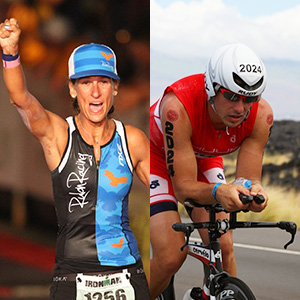Since we started writing this series of articles on coach collaboration, we have realized that successful collaboration, (at least in the endurance sports realm,) is indicative of two factors.
Firstly, great collaboration relies on the coach’s self-awareness of their ability. Secondly, it is determined by a coach’s willingness to recognize that the whole is greater than the sum of its parts. A coach is surely significant, but they are just a single cog in the athlete’s overall performance capability.
The minute a coach realizes this, they are in a position to leverage collaboration. Nevertheless, coaching can often feel isolating. Subsequently, coaches may find it difficult to trust a “newcomer.” Therefore, coaches need to start with themselves.
Know Yourself
The first piece of collaboration consists of ensuring you have self-confidence in your own ability while recognizing your limitations. This self-awareness will allow your honesty and transparency with others to shine through. One method is to start with a simple SWOT (Strengths, Weaknesses, Opportunities and Threats) analysis in order to understand where you can offer help and where you can use further development.
Once you know where your limitations and strengths lie, the next step is to reach out to specialists who can help you do your job (i.e. the sum is greater than the parts). This doesn’t necessarily need to be a financial offering. Work out the people who can help you and share a similar collaborative mindset. Then, ensure you have the materials in place to allow collaboration. For example, if you’re collaborating directly with a physical therapist, assure that your athlete has completed open confidentiality forms so that you and the physio can speak freely about their progress and conditioning.
These conversations will help you not only learn more about the other profession but will also ensure you’re taking a clear and balanced approach with the athlete. These experiences are easy first steps to collaborative coaching.
Remember, this is your business. You have to hold on to what your business stands for. If a coach (or an athlete for that matter,) doesn’t vibe with you, don’t be afraid to put the foot down and take a stand for your business.
Find a Mentor
Once you’ve completed the internal, soul-searching work, now is an excellent time to find a mentor or someone who can help guide you through your own development. Someone who you greatly respect, with a little more experience would be ideal. They can then challenge you while holding you accountable for your actions and personal growth. In the UK, there is an excellent mentoring program put on by British Triathlon, but feel free to reach out to anyone.
Talk to Another Coach
Since we started writing this series of blogs on coach collaboration, we have realized that successful collaboration, (at least in the endurance sports realm,) is indicative of two factors.
Finally, the big leap of faith is to engage in conversations with peers. This, admittedly, is harder to do. Spending time to recognize problems both parties have and working together to solve them can be a fantastic way to bring coaches together and discover new best practices.






